Take Them Or Leave Them—10 Things To Consider When Deciding Whether To Take Pets Along On Vacation

Planning a getaway is always exciting—but figuring out what to do with your pet can be a whole other challenge. Bringing them along might sound like a great idea, but it’s not always the right call.
From how well they handle change to where you’re staying and what you’ll be doing, there’s a lot to think through. Before you decide between a leash or a luggage tag, here’s what to consider to make the trip smooth—for both of you.
1. Assessing Your Pet’s Travel Temperament
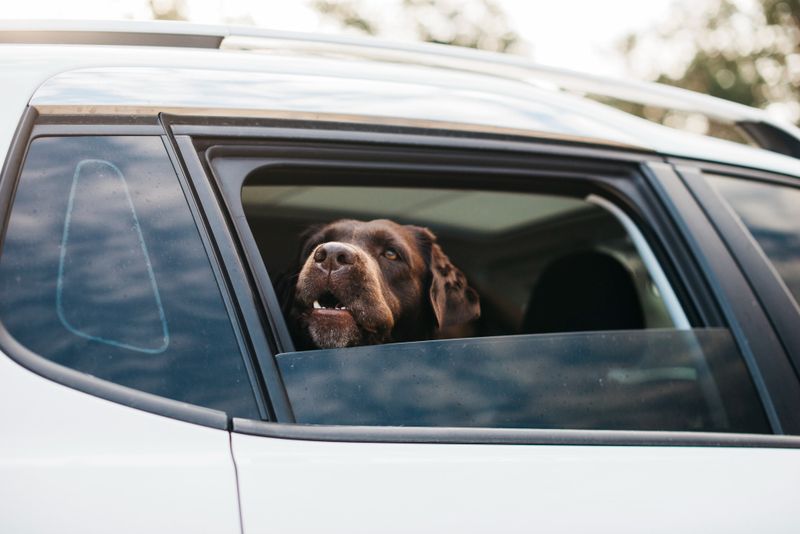
Some animals thrive on adventure while others prefer the comfort of familiar surroundings. Watch for signs like excessive panting, hiding, or refusal to eat when your pet encounters new situations.
Your pet’s travel temperament can make or break your vacation experience. Previous reactions to car rides, new environments, and schedule changes offer valuable clues about how they might handle a trip.
2. Understanding Destination Rules And Restrictions
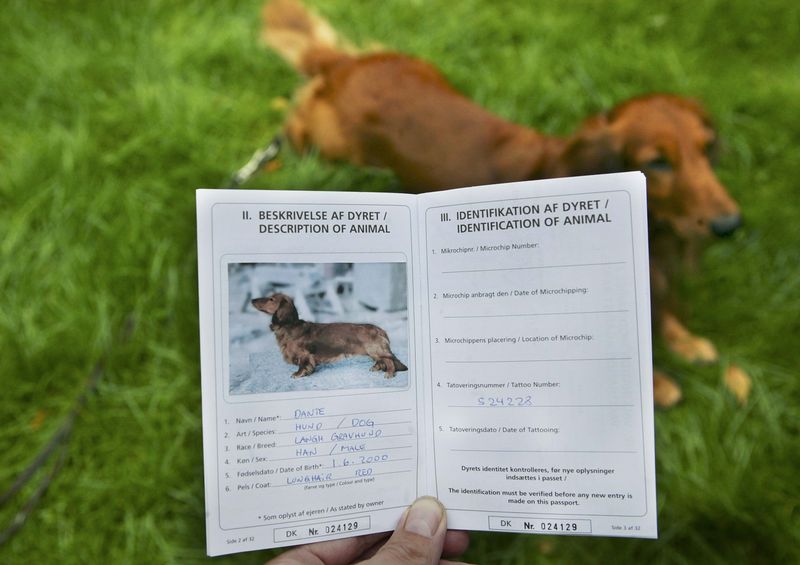
Many travelers get caught off guard by unexpected regulations that can derail vacation plans. Always research ahead to avoid heartbreaking situations at borders or check-in counters.
Destination rules vary widely from simple vaccination requirements to strict quarantine periods. Some locations ban certain breeds entirely, while others require international pet passports and health certificates issued within specific timeframes.
3. Weighing Travel Method And Duration
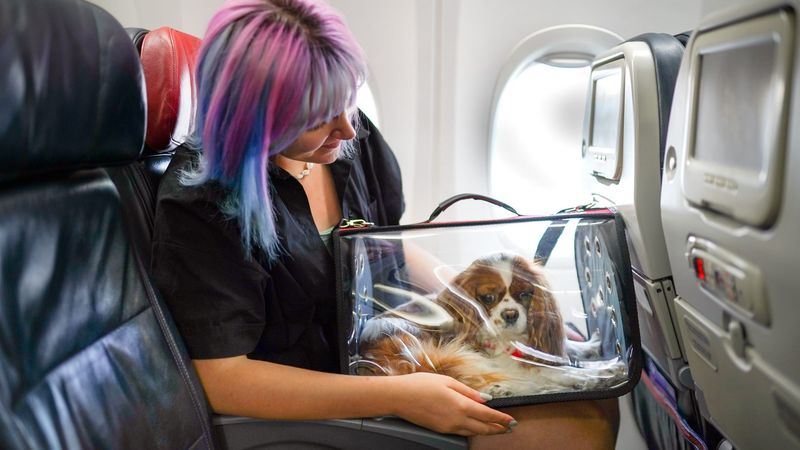
Long journeys can be stressful even for the most adaptable animals. Consider breaking extended trips into manageable segments with plenty of breaks for stretching and bathroom needs.
Travel methods impact your pet differently – cars allow flexibility for stops, while planes mean confinement in potentially noisy cargo holds. Trains and boats have their own sets of challenges and comfort levels for animal passengers.
4. Considering Accommodations And Pet Policies

Even hotels advertising themselves as ‘pet-friendly’ might have unexpected limitations. Call directly rather than relying solely on booking websites to confirm current policies and avoid surprises upon arrival.
Accommodations vary dramatically in their pet offerings. Some places welcome animals with special beds and treats, while others restrict pets to certain rooms or charge substantial cleaning fees that can quickly inflate your vacation budget.
5. Factoring In Activities And Daily Itinerary

Jam-packed sightseeing schedules rarely accommodate animal companions well. Honest assessment of your plans might reveal your pet would spend most days alone in unfamiliar surroundings.
Your activities and daily itinerary should include pet-friendly options if bringing your animal along. Museums, fancy restaurants, and many attractions prohibit non-service animals, potentially forcing you to choose between experiences and pet time.
6. Health, Safety, And Veterinary Access
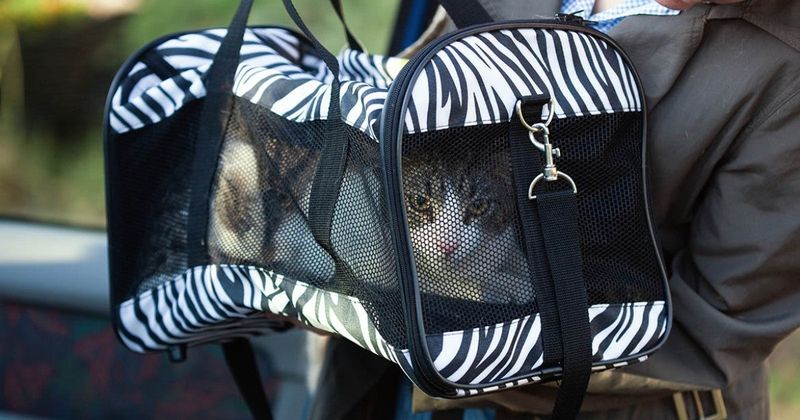
Medical emergencies don’t take vacations. Before departure, create a digital folder with your pet’s vaccination records, medication details, and a recent photo in case of separation.
Health and safety considerations include researching veterinary access at your destination. Identify 24-hour emergency clinics and save their contact information. Some travel insurance policies now offer pet coverage worth investigating for added peace of mind.
7. Pet Travel Costs And Hidden Fees
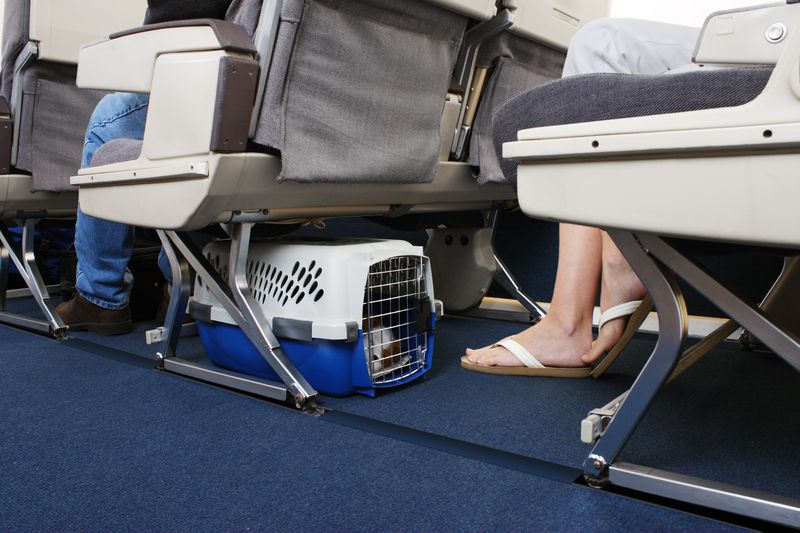
Budget-conscious travelers often underestimate animal-related expenses. Beyond obvious charges like airline pet fees, consider costs for special equipment, additional room cleaning, and potential emergency care in unfamiliar locations.
Pet travel costs can quickly add hundreds to your vacation budget. Airlines charge $75-$200 each way, hotels may require $25-$100 nightly pet fees, and unexpected needs like replacement supplies come at premium tourist prices.
8. Pet Travel Gear And Preparation Requirements

Proper equipment makes all the difference between a smooth journey and a stressful ordeal. Start preparation weeks before departure to allow time for carrier training and gathering necessary supplies.
Pet travel gear essentials include appropriate carriers, familiar bedding, portable water bowls, and enough food for the entire trip plus extra. Many veterinarians recommend calming aids or pheromone products to help ease anxiety during transit.
9. Alternatives To Bringing Your Pet (Sitters, Boarding, Etc.)

Quality care options might actually provide your pet more comfort than tagging along. Schedule meet-and-greets with potential sitters well before your departure date to ensure personality compatibility.
Alternatives to bringing your pet include professional pet sitters who stay in your home, traditional boarding facilities, or even pet-loving friends. Each option offers different benefits – home sitters maintain routine, while boarding provides socialization with other animals.
10. Making The Final Decision: What’s Best For Your Pet And You
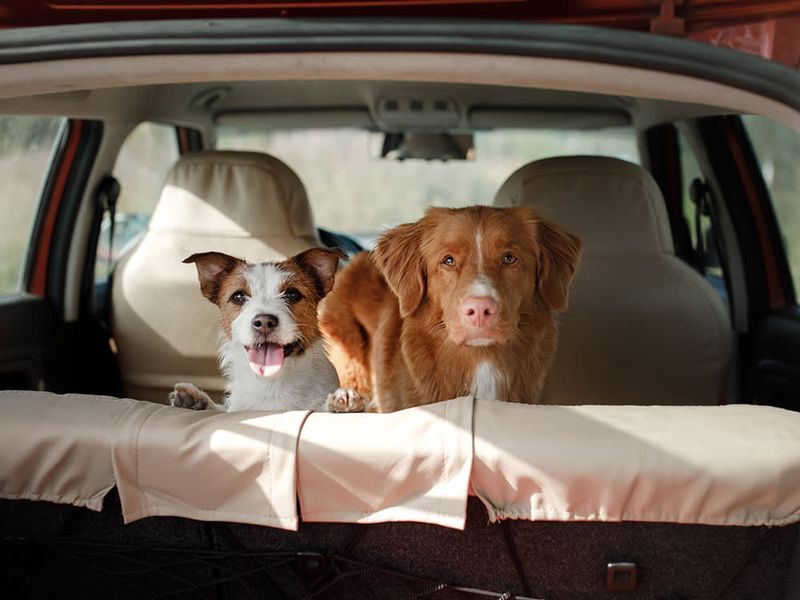
Honest assessment requires putting your companion’s needs first. Sometimes the most loving choice is leaving them in familiar surroundings with trusted care rather than subjecting them to travel stress.
The final decision balances multiple factors including your pet’s personality, health, age, and the nature of your trip. Remember that what works for one vacation might not work for another – each journey deserves its own evaluation based on current circumstances.
